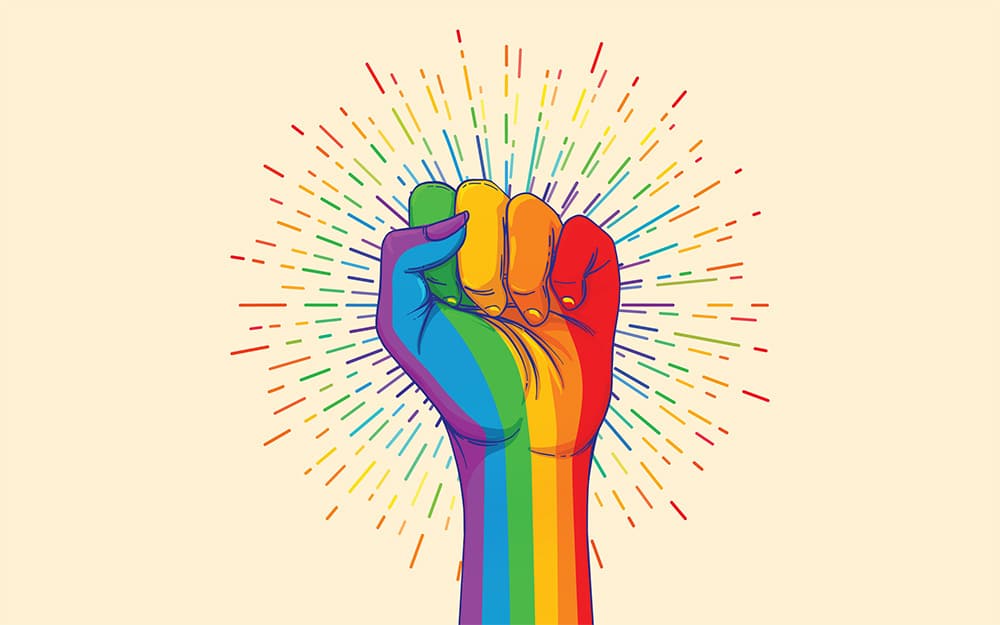Diversity, Equity, & Inclusion
Diversity, Equity, & Inclusion
You Have to Build It Again — Every Day

stock.adobe.com / Angelina Bambina
In keeping with October’s theme of planning, design, and construction, let’s look at where we are as an industry with building and developing workforce practices focused on diversity, equity, and inclusion (DEI). Building these practices are critical to recruiting and retaining a diverse workforce.
Many organizations began the DEI journey a few years ago. Steps were taken to plan strategic initiatives and goals were designed to measure the success of those initiatives. While some organizations are building on those initiatives in achieving results, others have struggled to execute those strategic plans. Why?
In today’s economy, where good employees are difficult to recruit and retain, DEI should not be an operational box to be checked, but rather a strategic lure to attract diverse talent, create a culture of welcoming inclusiveness, and afford equitable opportunities to start and grow a lifelong career in the parking industry.
DEI should be an organization-wide priority where fostering an inclusive workplace is a top-down and bottom-up endeavor, requiring ongoing attention and resources to produce results. The success of DEI and the positioning of the parking industry as career-of-choice for underrepresented groups requires a sustained commitment by all of us to influence meaningful change industry-wide.
Being intentional is key. Successfully diversifying an organization requires a proactive approach to identify and pursue members of underrepresented communities and the willingness to provide them with the support they need to be successful in their role. It is important to have pathways for underrepresented individuals and then provide organizational support, resources, and especially mentorship to help them be successful in new roles, whether entry level or promotional advancement with more responsibility and greater expectations.
It is also important to provide support, resources, and training to the leaders who manage and develop underrepresented individuals. Across all levels and functions within an organization, leaders should be aware of what is required to be an inclusive leader. Inclusion requires active and ongoing efforts to promote a sense of belonging for the employee. This requires us to envision, accept, and demonstrate new ways of leading inclusively.
Remember to stop every once and in a while and look back at where you started. It’s not always obvious how your efforts are making a difference, but the results do build little by little over time. On a practical level, develop periodic surveys that can provide feedback and measure results for the efforts you are making to diversify your organization, create equitable opportunities for everyone, and nurture a culture of inclusion. And look for organizations outside your own that can help your organization develop skills in leading and recruiting underrepresented talent.
Change is slow but necessary for growth. And change starts with each of us.
-
This author does not have any more posts.

The Complexities of Identity
The Vitality of Discovering your own Intersectionality

Age Is Only a Number
To create equity and inclusion for all age groups it

Leadership in the Practice of Allyship
In the practice of Allyship leading by example fostering diversity




